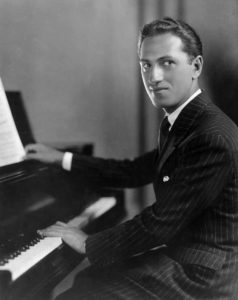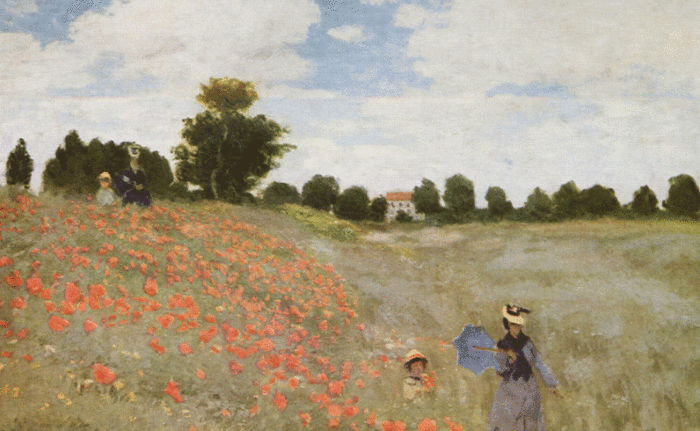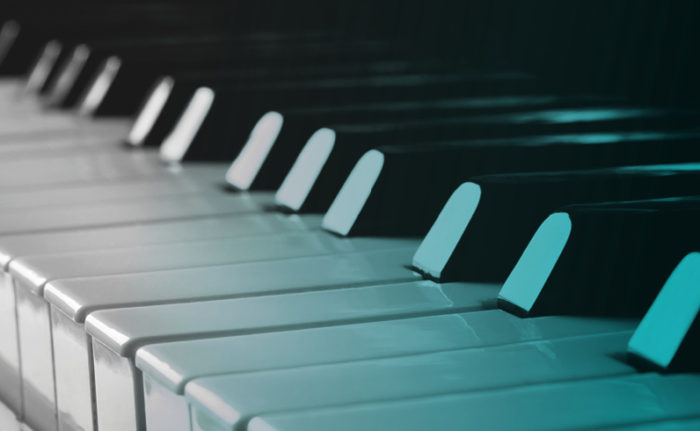On September 27, 28, and 29, Music Director Andrés Orozco-Estrada presents Gershwin’s Piano Concerto & Porgy and Bess, a concert of 20th-century masterpieces from the Western hemisphere. Our guest artist is world-renowned pianist Jean-Yves Thibaudet, who performs Gershwin’s jazzy Piano Concerto in F. In this post, discover this uniquely American showpiece for piano and orchestra. Visit houstonsymphony.org for tickets and more information.

Amid a busy, transatlantic schedule of composing music for hit Broadway and West End musicals, George Gershwin found time to fulfill a commission from the New York Symphony for a new Piano Concerto throughout the year of 1925. Though he had been a name in the popular musical world since getting his first Broadway composing credit in 1919 at age 20, he had only broken into the concert hall the year before with his epochal fusion of jazz and classical music, Rhapsody in Blue. Regarding his new concerto, Gershwin said, “Many persons had thought that the Rhapsody was only a happy accident. Well, I went out, for one thing, to show them that there was plenty more where that had come from.”
Show them he did. The 27-year-old Gershwin performed the solo part himself at the world premiere with the New York Symphony conducted by Walter Damrosch in December. Audiences loved it, and though a few critics objected to the idea of a “jazz concerto” altogether, for the most part reviews were glowing. The World reported that “The truth is that George Gershwin is a genius […] He alone actually expresses us. He is the present, with all its audacity, impertinence, its feverish delight in its motion, its lapses into rhythmically exotic melancholy.”
The Music
After a percussive opening gesture, the concerto begins with the unmistakable long-short rhythms of the Charleston, which Gershwin meant to evoke “the young, enthusiastic spirit of American life”:
The pianist then enters with a more introspective, lyrical theme. These two main ideas are developed throughout a first movement marked by a wide variety of characters and sudden, mercurial changes of mood and tempo. The pianist’s initial theme makes a grand, soaring return in the strings near the end.
The second movement approaches the intimate world of chamber music, featuring solos for trumpet, oboe, flute, and violin in addition to those for the solo piano. Described by Gershwin as “almost Mozartian in its simplicity” and possessed of “a poetic, nocturnal tone,” the main theme takes the form of a bluesy solo for muted trumpet accompanied by a trio of clarinets. This main theme alternates with two contrasting episodes: the first is a faster, more playful one that begins when the piano enters; the second introduces a singing “big tune” in the strings.
For the finale, Gershwin created what he called “an orgy of rhythms,” a showcase for the pianist’s virtuoso technique. The driving repeated notes of the main, toccata-like theme alternate with reminiscences of themes from the first and second movements (here and here), culminating in a grand return of the lyrical theme that the soloist first played at the beginning of the concerto. —Calvin Dotsey
Don’t miss Gershwin’s Piano Concerto & Porgy and Bess on September 27, 28, and 29! Visit houstonsymphony.org for tickets and more information.



